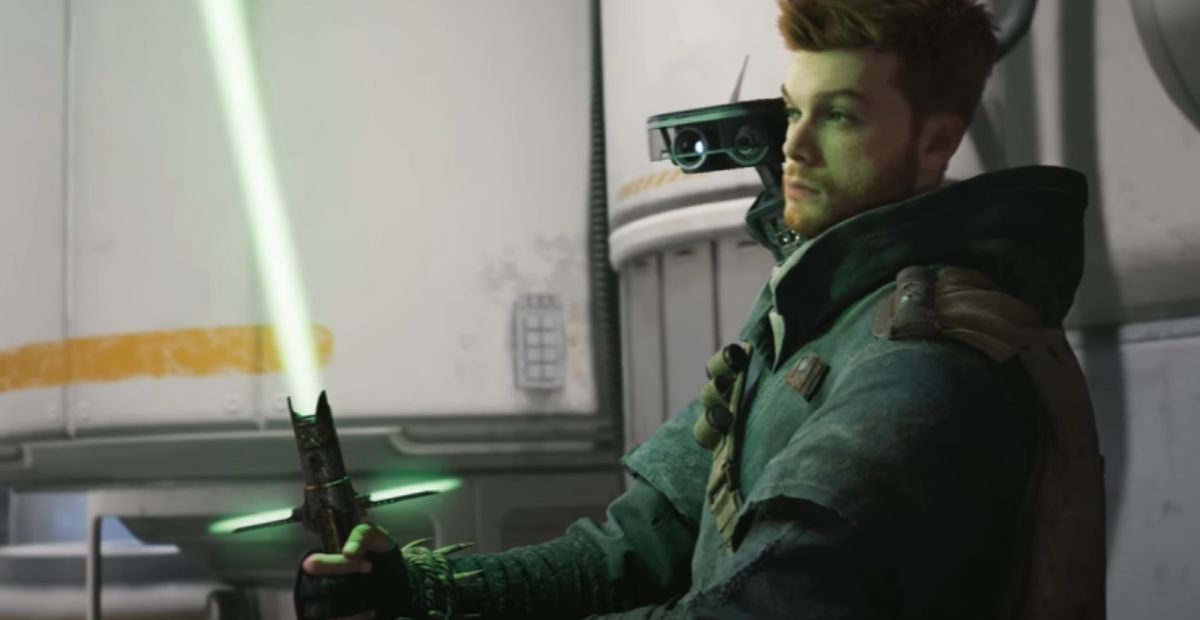For a long time, we’ve seen Star Wars lightsabers come in all sorts of shapes and designs. From Mace Windu’s iconic purple blade to Maul’s famous double-bladed saber, each one has its own unique feel.
Then came Kylo Ren and his Crossguard lightsaber—it looked so cool that I couldn’t wait to try it out in Star Wars Jedi: Survivor.
But when I got to experience the Crossguard lightsaber in the game, something stood out. It felt so much heavier than a normal lightsaber.
I kept wondering, “Why is it so heavy?” At times, I even caught myself thinking, “Maybe it’s just for the sake of looking cool—it’s not real, after all.”
Still, the question stuck with me, and I knew I had to find a proper answer. After looking into it, here’s what I discovered.
What Game Director Stig Asmussen Says About It
Who better to understand the nuances of the Crossguard lightsaber stance than the person who helped bring it into the Star Wars universe?
During an interview with IGN, Jedi: Survivor game director Stig Asmussen was asked why the Crossguard stance feels heavier compared to a standard lightsaber.
At first, Asmussen seemed to struggle with the question, but he ultimately provided a thoughtful explanation.
He clarified that the heaviness isn’t about the weapon’s actual weight but rather the deliberate and confident style it represents.
According to Asmussen, “It’s all about having timing windows. We wanted every stance to have its own personality, and this is one where you have to be more deliberate with each swing. When animating it, we weren’t thinking of it as a heavy weapon, but rather as one where, when Cal makes his strikes, he’s committing more.”
The Added Vents Might Be Why the Crossguard Lightsaber Feels Heavier
One reason the Crossguard lightsaber feels heavier for Cal might be its design. Unlike a standard lightsaber, the Crossguard features additional vents on the hilt that emit side blades, creating its iconic cross shape.
They add complexity to the weapon’s design and potentially extra weight, making it feel more cumbersome in battle.
Additionally, the Crossguard lightsaber tends to have a longer hilt compared to traditional lightsabers, further contributing to its bulk.
This extended length could shift the weapon’s balance, making it harder to wield with the same agility as other lightsaber types.
The Crossguard Stance in Real Life
If you’ve ever noticed how the Crossguard stance feels deliberate and heavy, there’s a reason for that—it’s inspired by real-world medieval sword fighting.
There’s a technique called “The Ox” or Ochs, where a sword is held high to deliver powerful, precise overhead strikes.
From the Ox stance, it’s clear that wielders often needed both hands to deliver these devastating blows effectively.
According to Star Wars lore, as noted on starwars.fandom, the crossguard lightsaber was often wielded as a heavier alternative to the standard single-bladed lightsaber.
Users like Cal Kestis and Kylo Ren frequently attacked with both hands, especially in situations where breaking an opponent’s guard or inflicting grievous wounds was essential.

